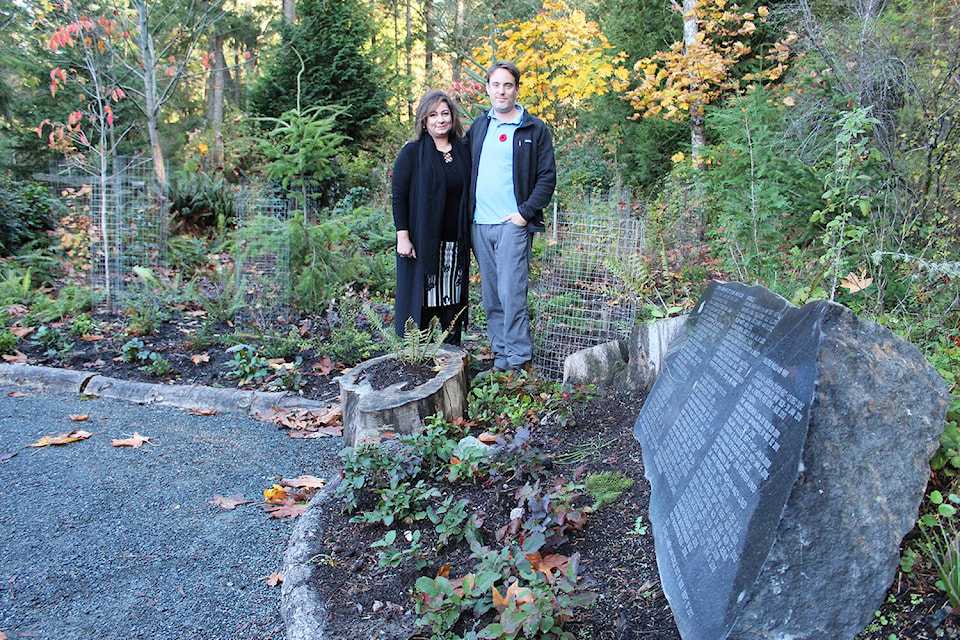Have you thought about how you want to be buried? Are you aware of green burials as opposed to traditional burial or cremation?
A delegation of three environmentally conscious Smithers women has asked council to permit green burials at the Smithers Cemetery.
Many common methods of dealing with deceased people are far from environmentally friendly, the delegation told council at its Nov. 9 meeting.
Burials often involve using toxic embalming fluids that leach into the earth over time and non-biodegradable grave liners to keep gravesites looking flat, techniques that are good for preserving a body (sometimes indefinitely) but terrible for the environment.
Even cremations release harmful emissions such as carbon monoxide and mercury into the air and soil.
“When I thought about it, I always assumed I would be cremated, but after researching, I was horrified to think as my last act on this earth, I would be converting the carbon in my body and turning it into greenhouse gasses,” commented delegate Tina Portman.
Growing awareness about these issues is partly why the alternative of green burials is gaining popularity across Canada, they said.
The technique is extremely simple; the body is wrapped or clothed in a biodegradable shroud or clothing made of natural materials such as cotton, linen, or wool. Then the body is placed in a biodegradable casket and laid directly into the earth in a designated section of a cemetery.
Usually, the spot remains unmarked, in keeping with the low-impact idea of the movement, or a biodegradable marker can be used. Eventually, the plot can be used again.
“Our green burial area has a grasslands look,” said Bradd Tuck, director of Yates Memorial Services in Parksville, B.C. “So we just regrow grass and wildflowers.”
While cemeteries may keep permanent records of each burial site for logistical purposes, family members of the deceased in a green burial site won’t necessarily know where the specific plot is if they return later, due to the lack of physical grave markers. But they can often enjoy the area as a park and look at communal memorials, such as big boulders with names and quotes carved into the surface.
The Green Burial Society of Canada defines green burials by five simple principles: no embalming, direct earth burial, ecological restoration and conservation, communal memorialization, and optimized land use.
“It’s more about the restrictions than about what we can do,” Tuck said. “We’re not going to do an embalming, we’re not going to have any plastics or metals as part of the casket or the clothing, and then we’re not going to memorialize the space itself.”
Several communities in B.C. already have green burial sites, including Prince George, Pentiction, Vancouver, Parksville, and Denman Island as models to look at.
The subject will be brought forward to the next meeting of the council for further discussion.
deb.meissner@interior-news.com
Like us on Facebook and follow us on Twitter
